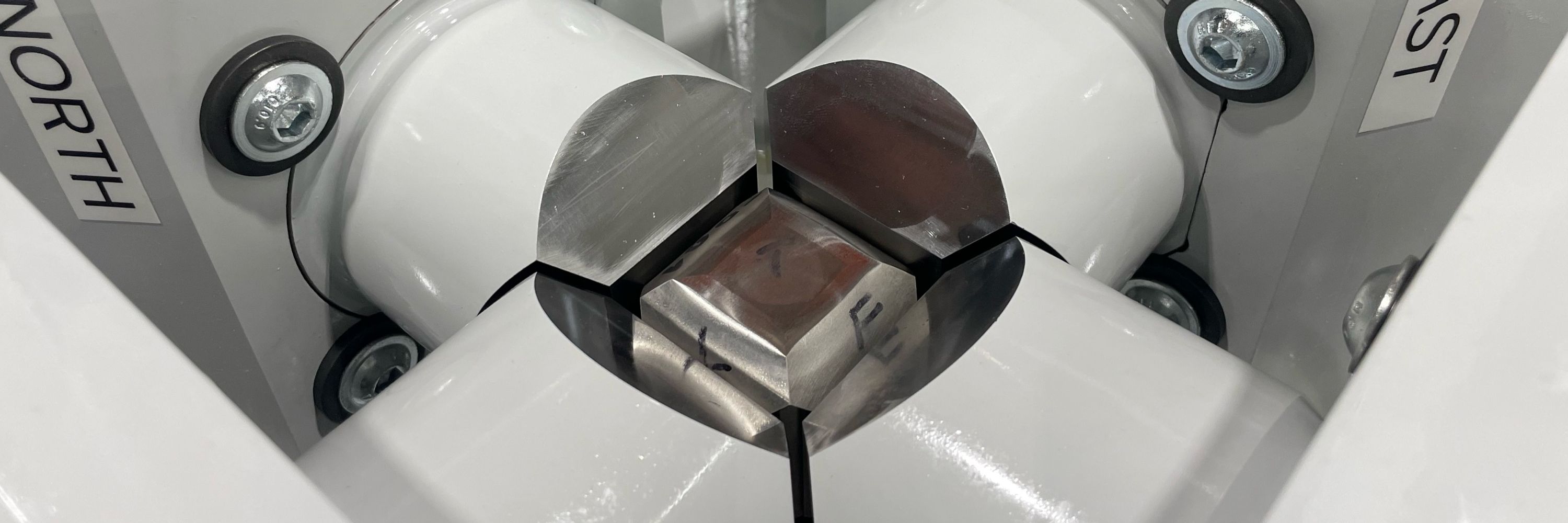
forcelab.start.page












Join our mailing list (force.asu.edu/contact) to be the first to know more. #forceasu

Join our mailing list (force.asu.edu/contact) to be the first to know more. #forceasu

















